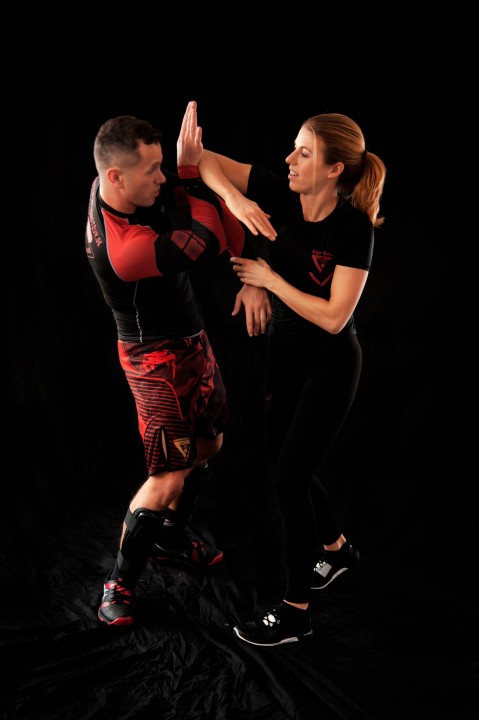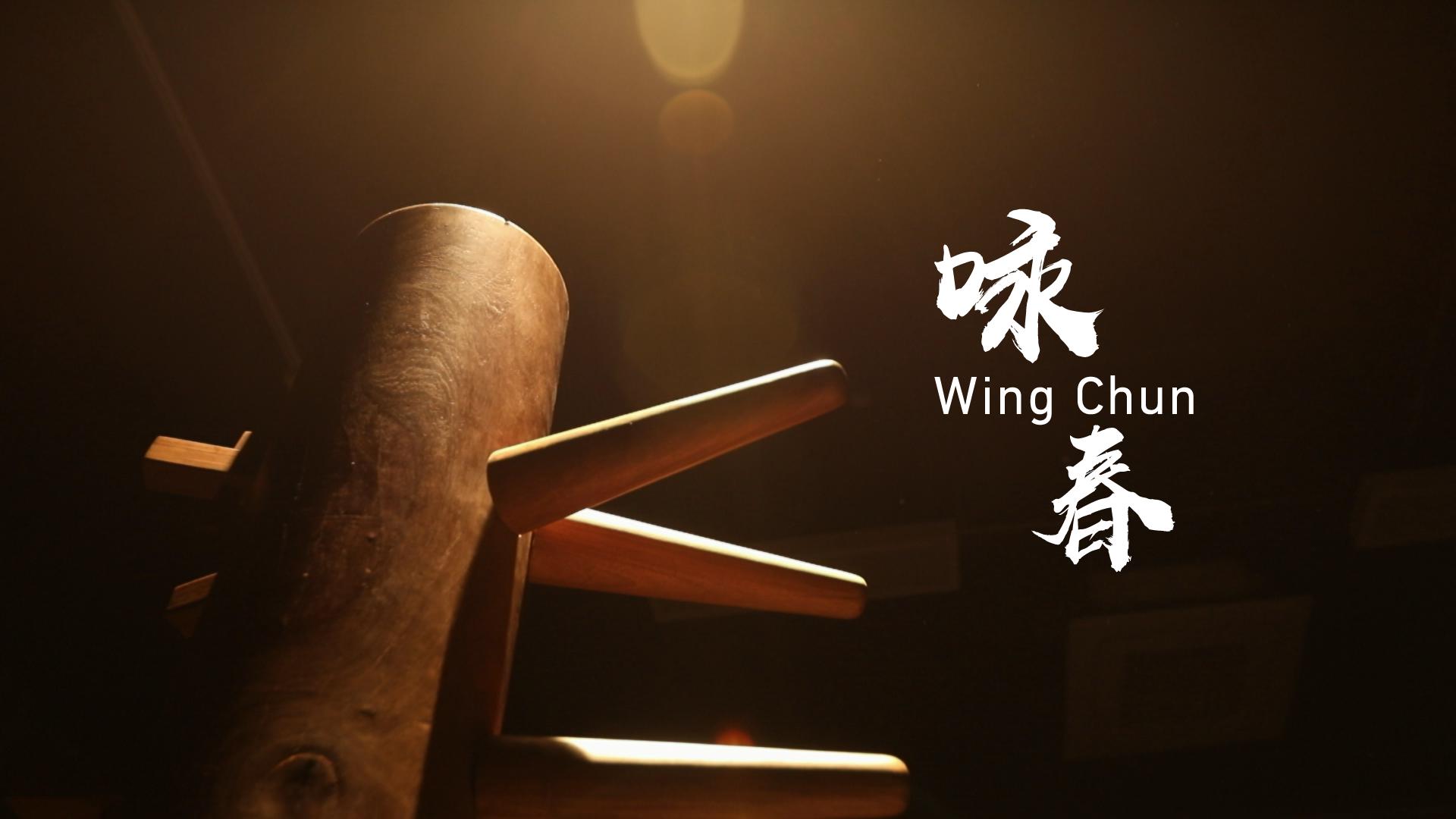Like any other skill, the 80-20 rule applies where 80% of your development will come relatively easy but that last 20% will take time, training and work to master. On the surface, a lot of aspects look relatively easy and straight forward especially compared to other martial arts. For example, you only have to memorize 6 Wing Chun forms, 3 hand forms, butterfly sword, dragon pole and wooden dummy where Tae Kwon Do can have 19 forms in their system. Wing Chun has a lot of common strikes including a straight punch, front kick, side kick, and parry. So, where exactly does the last 20% of mastery come from that is so difficult?
One example is the wooden dummy form. Though it is not that different than memorizing other types of forms, the transition into free-styling on the wooden dummy smoothly with clean transitions that makes sense takes some mastery to do it well.
Next, Wing Chun has unique moves that take deeper understanding and master guidance to have it work correctly in real life applications. For example, bang sau looks like a winged elbow block that goes across the body like a window wiper. The reality is bang sau is lead by the wrist turned and pushed forward intercepting an incoming strike with your forearm driving the energy of the incoming strike to an angle that misses hitting you. The forms of Wing Chun are filled with moves like that where it looks one way on the surface, but takes deeper knowledge to apply it correctly in real life situations. This becomes one issue with training under the masters of Wing Chun where it seems common that people misunderstand the applications of certain moves or are filling in the gaps of information never communicated to them. When you talk to masters and their students, you will hear different answers on the application of some moves. This is the complexity of all the different interpretations of a single move not mixing in the major differences of other lineages.
Wing Chun was designed to be used practically in a short period of time, maybe 3 years. Compare that to other systems like Brazilian Jiu Jitsu which commonly takes 10 years to master for the few people that get to that point world wide. So, while you can learn the entire system in a relatively short time, you will have more you can learn and grow from for a decade or even a lifetime depending how deep you want to go. Or, after you finish the Wing Chun system, you can still start BJJ classes or start training MMA.







